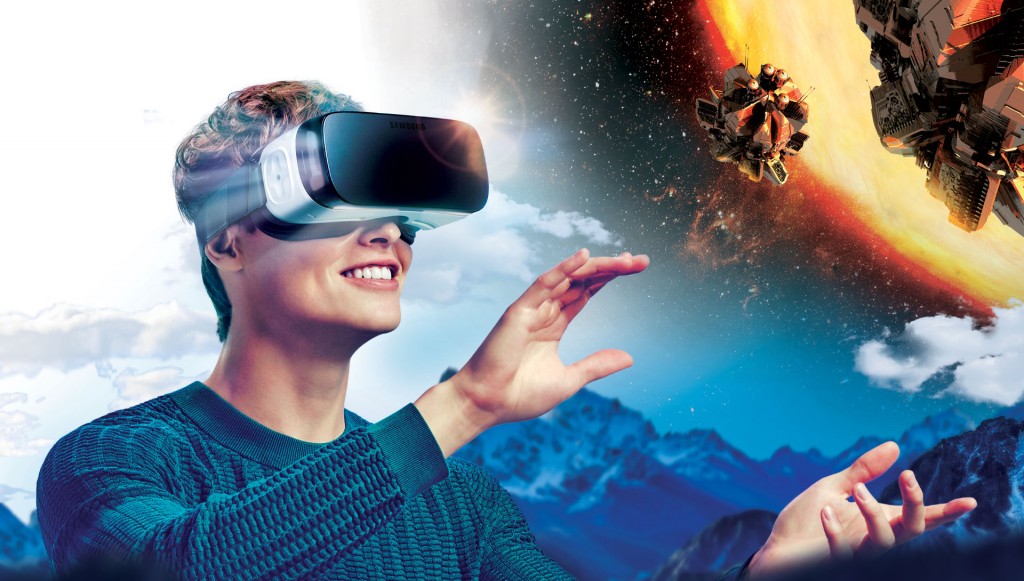When it comes to smartphones, tablets and even virtual reality, apps are everything. They provide the functionality and entertainment that we’ve come to expect from our devices. The app has helped connect people from all over the globe and has made it easier for people to communicate as well as share their photos and videos with each other.
But how did apps come to be? What was the very first app ever released? And how have apps changed over the years?
Looking back at those early apps
The history of apps begins with the release of the very first smartphone. The IBM Simon, released in 1992, was the first phone with built-in app functionality. However, it wasn’t until the release of the Palm Pilot in 1996 that apps really started to take off. This was because the Palm Pilot was the first device to use a graphical user interface (GUI), which made it much easier to use and navigate.
Another school of thought believes that the simple game Snake, included with the Nokia 6110 in 1997, was the first mobile app. It’s a far cry from today’s world where we have state-of-the-art VR tools such as the SLR app.
The Palm Pilot also set the stage for the app store model that we’re now familiar with. In the 1990s, Apple released the Newton MessagePad, which some say was the first device to offer access to apps. However, it wasn’t until the release of the iPhone in 2007 that the App Store really took off.
Enter Apple
One relatively early app that had a seismic impact on the world of technology was released in 2008 by Apple. You no doubt know it. It was called “iTunes” and allowed users to manage their music on their iPhones. This app changed the way people interact with their music and made it more convenient to carry around large music collections.
The iPhone’s App Store was a game-changer for the app industry. It made it easy for developers to create and distribute apps, and it gave users a one-stop shop for all their app needs. The App Store quickly became the most popular way to get apps, however, it has since been overtaken by a rival.
Google take control of the app world
As the app industry has grown, so too has the competition. Also in 2008, Google launched the Android Market, which offered a similar experience to the App Store. However, Google has since rebranded the Android Market as Google Play.
According to recent data, there are over 3.48 million apps available on the Google Play Store. This makes it the largest app store in the world, surpassing even the Apple App Store. In terms of sheer numbers, this means that there are more than twice as many Android apps available as there are iOS apps. And this trend appears to be continuing, with Google Play seeing 108.5 billion app downloads in 2020 – a significant increase from the 76 billion app downloads seen in 2018. With such a vast selection of apps available, it’s no wonder that the Google Play Store is so popular with users worldwide.
Since then, apps have become an integral part of our lives. They make it possible to do things like hail a cab, order food, book a hotel room, and buy groceries all from our phones. They’ve also made it possible to stay connected with friends and family all over the world.
The app industry has come a long way since the release of the first smartphone. Apps are now an integral part of our lives, and they’re only going to become more important in the years to come.
But what about VR?
Today, there are VR apps for almost everything imaginable, from gaming to education to health care. And, they are only getting more popular and more advanced.
Some of the most popular VR apps include Google Earth, which allows users to explore different parts of the world in 3D; and the VR streaming service SexLikeReal. VR apps are changing the way we interact with the world, making our lives easier and more convenient in many ways. And they are only going to become more popular and more advanced in the years to come.

